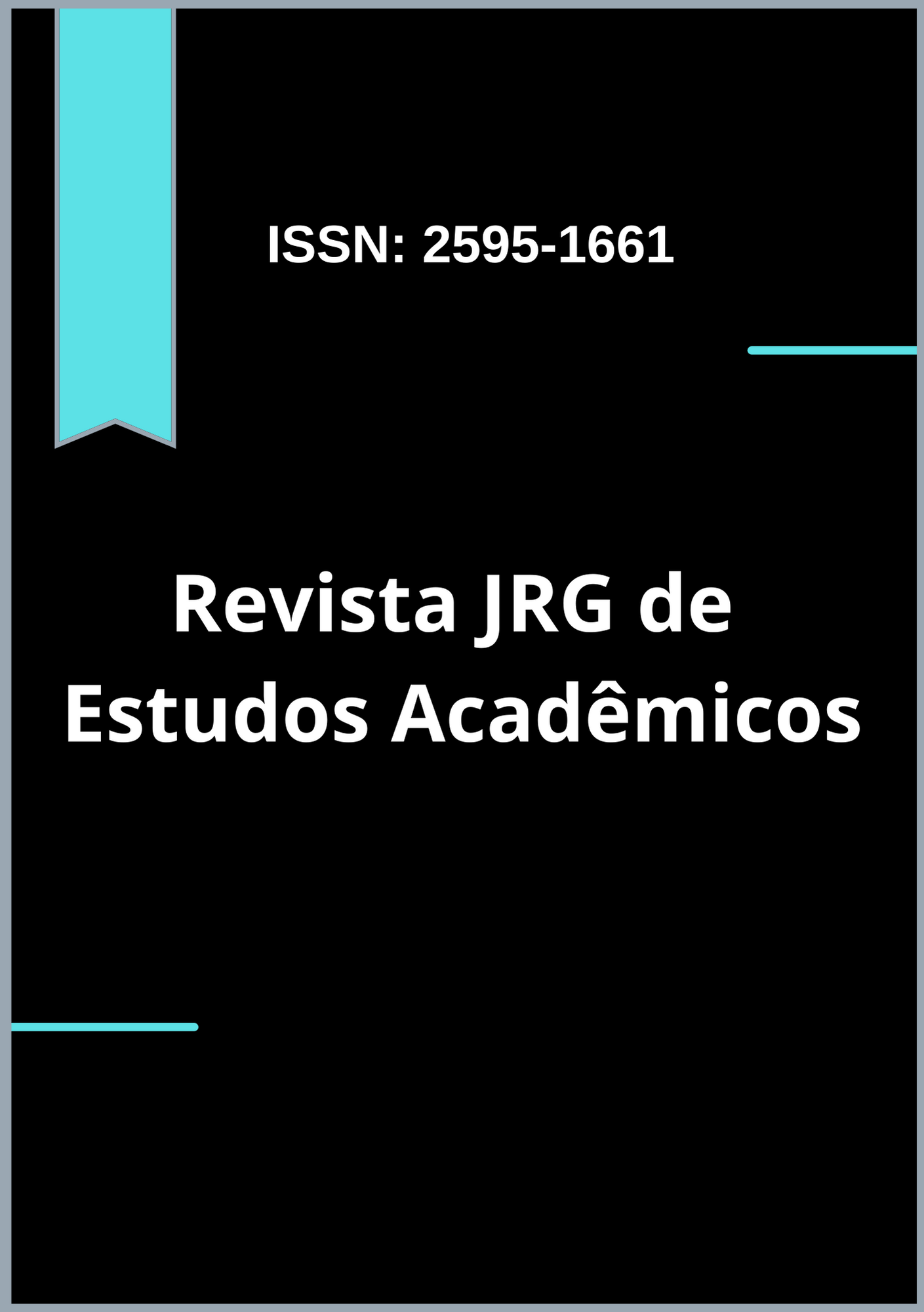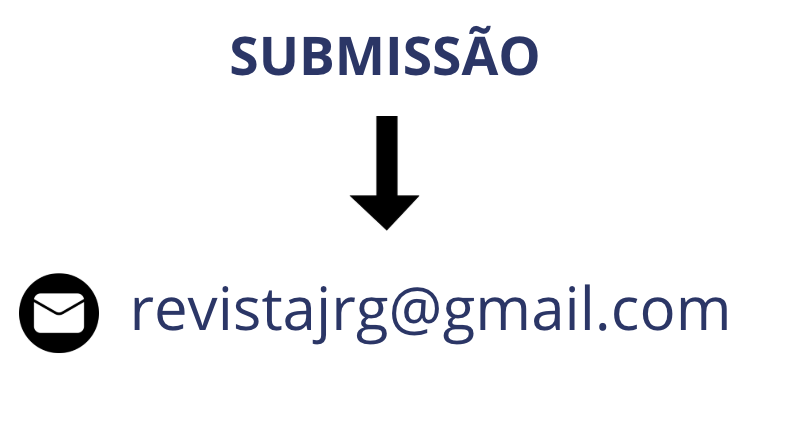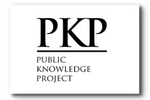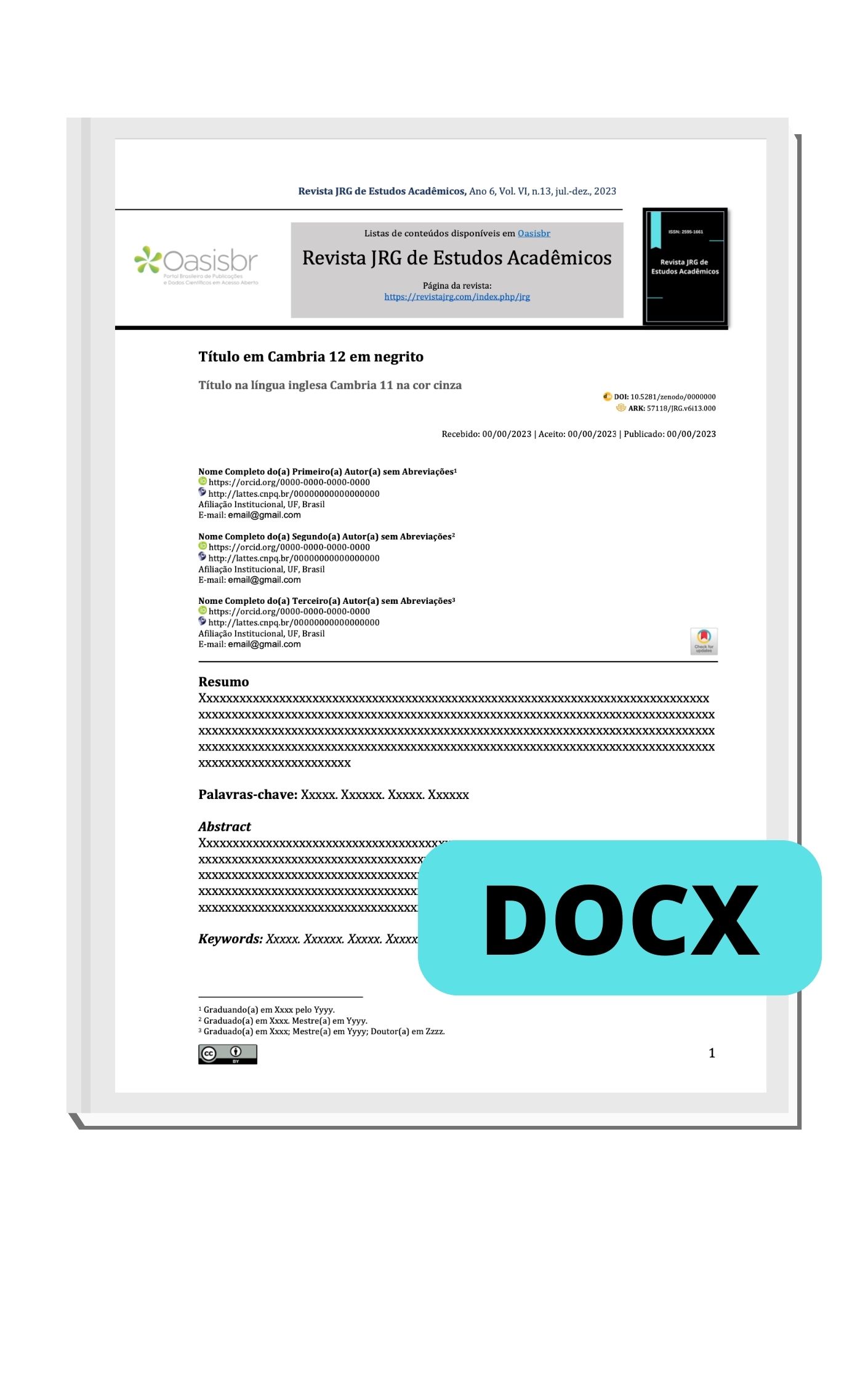Evaluation of Healthcare Professional’s Knowledge about the use of oxygen therapy in a pediatric hospital
DOI:
https://doi.org/10.55892/jrg.v8i18.1838Keywords:
Oxygen therapy, Pediatrics, Health personnel, Hyperoxia, HypoxiaAbstract
Introduction: Oxygen therapy is frequently used in hospitals and, like any other medication, its inappropriate use can cause serious problems for individuals, especially for children whose respiratory systems have not yet fully developed. Objective: To assess the knowledge of healthcare professionals (nurses, physiotherapists, doctors and nursing technicians) about when and how to use oxygen therapy in pediatric patients. Methodology: Thirty-six healthcare professionals, including nurses, physiotherapists, doctors and nursing technicians who work in the wards and pediatric emergency room of the Hospital Materno Infantil de Brasília Dr. Antônio Lisboa (HMIB) in Brasília, DF, participated in this study. The professionals' level of knowledge was assessed through a semi-structured and semi-open online questionnaire that addressed topics on academic background, length of experience, refresher courses and knowledge about oxygen therapy. Data analysis was performed using an Excel spreadsheet version 2024. Results: A good level of knowledge of professionals regarding the use of oxygen therapy was demonstrated, with approximately 57% of correct answers in total. More than 80% of professionals understand the clinical signs of hypoxemia, but approximately 60% of them do not know the indications for the use of oxygen therapy and more than 86% do not know the harmful effects generated by hyperoxia. Conclusion: Professionals generally know when and how to use oxygen therapy in the pediatric population, but they do not understand all the risks that these children may be exposed to when the therapy is used inappropriately.
Downloads
References
Cousins JL, Wark PAB, McDonald VM. Acute oxygen therapy: A review of prescribing and delivery practices. Vol. 11, International Journal of COPD. Dove Medical Press Ltd.; 2016. p. 1067–75.
Bateman NT, Leach RM. ABC of Oxygen: Acute oxygen therapy. BMJ [Internet]. 1998 Sep 19;317(7161):798–801. Available from: https://www.bmj.com/lookup/doi/10.1136/bmj.317.7161.798
Saugstad OD. Is oxygen more toxic than currently believed? Pediatrics [Internet]. 2001 [cited 2023 Oct 2];108(5):1203–5. Available from: https://publications.aap.org/pediatrics/article-abstract/108/5/1203/63761/Is-Oxygen-More-Toxic-Than-Currently-Believed?redirectedFrom=fulltext
March M de F, Galvão A. Pneumonia adquirida na comunidade em crianças e vacinação antipneumocócica 10 valente: atualização. Revista de Pediatria SOPERJ [Internet]. 2018 [cited 2023 Oct 2];18(3). Available from: http://revistadepediatriasoperj.org.br/detalhe_artigo.asp?id=1057#:~:text=Nos%20lactentes%20e%20crian%C3%A7as%20pequenas,cianose%2C%20distens%C3%A3o%20abdominal%20e%20taquicardia.
Cristina de Freitas B, Gonçalves Durão L, de Paula Queluz D. Principais causas de internação de crianças menores de cinco anos no Brasil: Uma revisão sistemática. 2022;25(1):199–221. Available from: http://www.scielo.org/php/index.php
Castro Regina. VSR continua sendo maior causa de internação de crianças até 4 anos [Internet]. 2023. Available from: https://portal.fiocruz.br/noticia/infogripe-vsr-continua-sendo-maior-causa-de-internacao-de-criancas-de-ate-4-anos
Graham H, Bakare AA, Ayede AI, Oyewole OB, Gray A, Peel D, et al. Hypoxaemia in hospitalised children and neonates: A prospective cohort study in Nigerian secondary-level hospitals. EClinicalMedicine. 2019 Nov 1;16:51–63.
Rahman AE, Hossain AT, Nair H, Chisti MJ, Dockrell D, Arifeen S El, et al. Prevalence of hypoxaemia in children with pneumonia in low-income and middle-income countries: a systematic review and meta-analysis. Lancet Glob Health. 2022 Mar 1;10(3):e348–59.
Dhayalan I, Mangalath S, Vasudevan J. Evaluation of Clinical Predictors of Hypoxemia in Children With Bronchiolitis: A Bidirectional Cohort Study. J Pediatr Rev [Internet]. 2023 Jan 1;11(1):99–104. Available from: http://jpr.mazums.ac.ir/article-1-489-en.html
Walsh BK, Smallwood CD. Pediatric oxygen therapy: A review and update [Internet]. Vol. 62, Respiratory Care. American Association for Respiratory Care; 2017 [cited 2023 Aug 12]. p. 645–61. Available from: https://rc.rcjournal.com/content/62/6/645
Napolitano N, Berlinski A, Walsh BK, Ginier E, Strickland SL. AARC clinical practice guideline: Management of pediatric patients with oxygen in the acute care setting. Respir Care [Internet]. 2021 Jul 1 [cited 2023 Aug 12];66(7):1214–23. Available from: https://rc.rcjournal.com/content/66/7/1214
World Health Organization. Oxygen therapy for children: a manual for health workers. [Internet]. 2016th ed. Geneva, Switzerland; 2016 [cited 2023 Aug 12]. 12–36 p. Available from: https://www.who.int/publications/i/item/9789241549554
Jornal Brasileiro de Pneumologia. Diretrizes brasileiras em pneumonia adquirida na comunidade em pediatria [Internet]. Brasil; 2007 Apr [cited 2023 Oct 17]. Available from: https://www.scielo.br/j/jbpneu/a/pvmLHsbYxKTCxrpKyrdpwWG/?lang=pt
Anáide Zacchê de Sá Abreu Lima M, Menezes Vieira de Mello L, Henrique Cordeiro Serra G, Ellen Pessoa Lima D, Jorge da Fonseca Lima E. Hipoxemia como preditor de gravidade em pacientes internados com pneumonia. Residência Pediátrica [Internet]. 2015 [cited 2023 Aug 12];5(3):122–7. Available from: http://residenciapediatrica.com.br/detalhes/175/hipoxemia-como-preditor-de-gravidade-em-pacientes-internados-com-pneumonia#:~:text=Hipoxemia%20foi%20considerada%20quando%20a,eram%20maiores%20que%202%20anos.
NHSGGC. Pediatrics for Health Professionals. 2023 [cited 2023 Aug 12]. Oxygen: prescription and administration in children. Available from: https://www.clinicalguidelines.scot.nhs.uk/nhsggc-guidelines/nhsggc-guidelines/respiratory/oxygen-prescription-and-administration-in-children/
Masclans JR, Pérez-Terán P, Roca O. The role of high-flow oxygen therapy in acute respiratory failure. Medicina Intensiva (English Edition). 2015 Nov;39(8):505–15.
Hardavella G, Karampinis I, Frille A, Sreter K, Rousalova I. Oxygen devices and delivery systems. Vol. 15, Breathe. European Respiratory Society; 2019. p. e108–16.
Desalu OO, Aladesanmi AO, Ojuawo OB, Opeyemi CM, Ibraheem RM, Suleiman ZA, et al. Development and validation of a questionnaire to assess the doctors and nurses knowledge of acute oxygen therapy. PLoS One. 2019 Feb 1;14(2).
Tobin MJ, Laghi F, Jubran A. Why COVID-19 silent hypoxemia is baffling to physicians. Am J Respir Crit Care Med. 2020 Aug 1;202(3):356–60.
Peters MJ, Gould DW, Ray S, Thomas K, Chang I, Orzol M, et al. Conservative versus liberal oxygenation targets in critically ill children (Oxy-PICU): a UK multicentre, open, parallel-group, randomised clinical trial. The Lancet. 2024 Jan 27;403(10424):355–64.
Araujo Neto JP, Neto A. Toxicidade do Oxigênio, Implicações Clínicas. 1986 Dec [cited 2023 Aug 12];509–12. Available from: https://www.bjan-sba.org/article/5f503f3c8e6f1a03048b462d/pdf/rba-36-6-509.pdf
Cashen K, Reeder R, Dalton HJ, Berg RA, Shanley TP, Newth CJL, et al. Hyperoxia and hypocapnia during pediatric extracorporeal membrane oxygenation: Associations with complications, mortality, and functional status among survivors. Pediatric Critical Care Medicine [Internet]. 2018 Mar 1 [cited 2023 Aug 12];19(3):245–53. Available from: https://pubmed.ncbi.nlm.nih.gov/29319634/
Williams EE, Greenough A. Lung Protection During Mechanical Ventilation in the Premature Infant. Clin Perinatol [Internet]. 2021 Dec [cited 2023 Aug 12];48(4):869–80. Available from: https://pubmed.ncbi.nlm.nih.gov/34774214/
Morros González E, Estrada Cano D, Murillo Galvis M, Montes Correa JC, Rodríguez Malagón N, Granados Rugeles CM. Evaluation of Knowledge of Oxygen Therapy and Reading of Flowmeter among the Health Workers in the Pediatric Unit of the Hospital Universitario San Ignacio, Bogotá, Colombia. Universitas Médica. 2018 Jul 26;59(3):1–8.
Castanheira NP, Valério MC, Chistine F, Weigert S. Gerenciamento do consumo do oxigênio durante a inaloterapia: oportunidade para redução de custos através da capacitação dos profissionais. Paraná; 2014 Jun.
Barreto PH, Silva FSL, Vasconcelos RDS de, Sales RP, Vasconcelos TB de, Nogueira ADNC, et al. Análise do conhecimento dos profissionais de saúde sobre o uso de oxigenoterapia em um hospital universitário de Fortaleza-CE. Revista de Medicina da UFC [Internet]. 2017 Dec 4;57(3):18. Available from: http://periodicos.ufc.br/revistademedicinadaufc/article/view/20151
Holbourn A, Wong J. Oxygen prescribing practice at Waikato Hospital does not meet guideline recommendations. Intern Med J. 2014 Dec 1;44(12):1231–4.











































